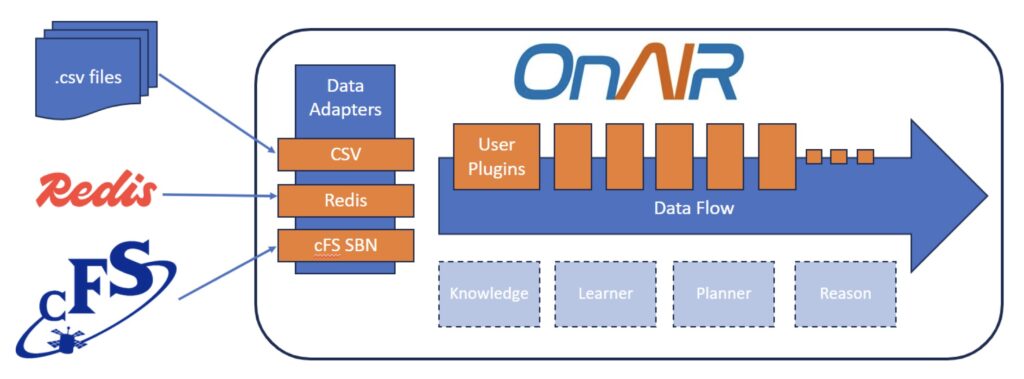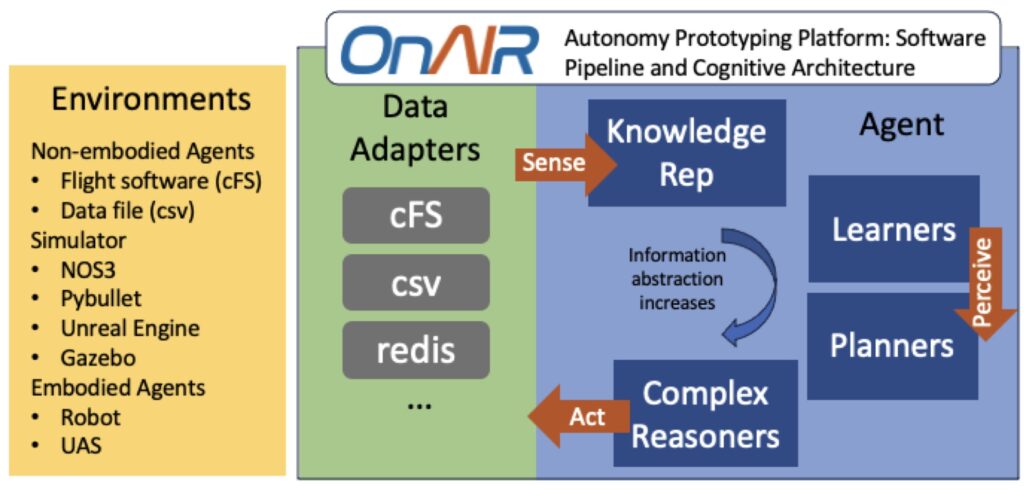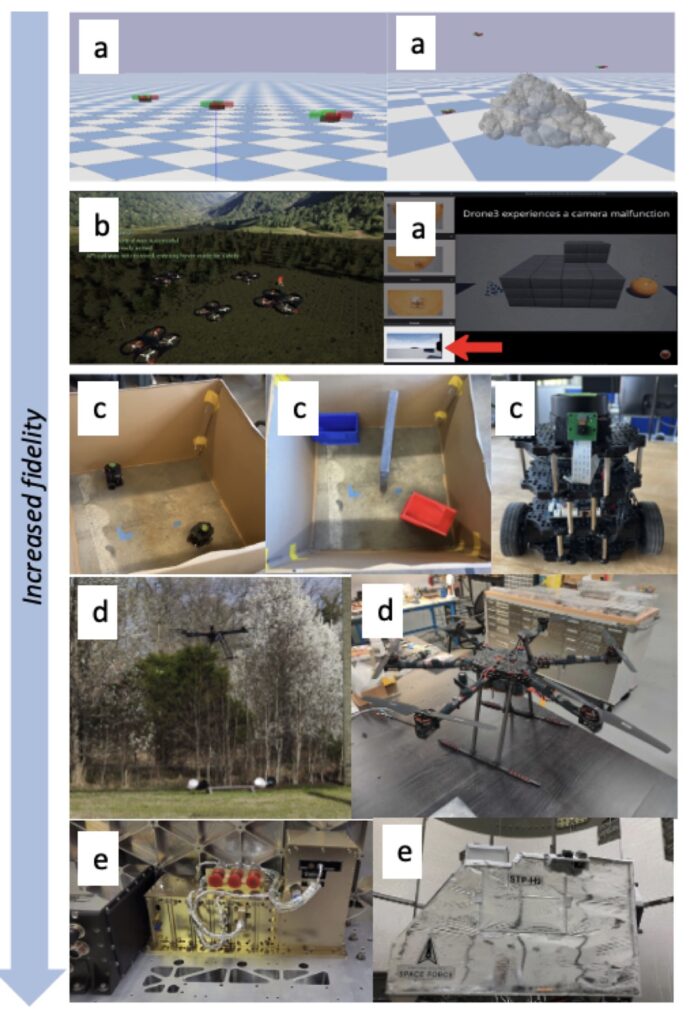Empowering Spacecraft with Intelligence: A Leap Toward Autonomous Exploration
- NASA’s SPAR Lab introduces OnAIR, an AI platform designed to enhance spacecraft resilience and autonomy.
- The platform has been tested in real missions, including methane measurement using autonomous drones and a project on the International Space Station.
- OnAIR aims to revolutionize complex space missions by allowing spacecraft to operate independently, paving the way for future distributed missions.
In the ever-evolving realm of space exploration, the integration of artificial intelligence (AI) stands as a transformative force. NASA’s Goddard Space Flight Center is at the forefront of this revolution with the introduction of the Onboard Artificial Intelligence Research platform, known as OnAIR. This innovative tool is designed to empower spacecraft with the capability to operate autonomously, gathering crucial data without waiting for ground control instructions. As space missions grow in complexity, the need for such technology becomes increasingly vital.

As highlighted by Evana Gizzi, AI research lead at NASA, traditional methods of operation have placed limitations on what spacecraft can achieve. With the rise of distributed missions—where multiple spacecraft, rovers, and landers collaborate—autonomy is no longer a luxury; it’s a necessity. OnAIR is a response to this need, facilitating extensible mission architectures that allow new spacecraft and sensors to join existing missions seamlessly. This capability not only enhances mission efficiency but also opens the door to innovative exploration strategies.
However, incorporating AI into space missions is fraught with challenges. Mission planners often approach untested algorithms with caution, given the high stakes involved in space exploration. To mitigate these concerns, the SPAR Lab has made OnAIR available as an open-source tool on GitHub, encouraging wider adoption and collaboration within the aerospace community. This democratization of technology is crucial for fostering trust and experimentation with AI in space.

OnAIR has already proven its efficacy in practical applications. During the NAMASTE mission, which utilized a fleet of autonomous drones to measure methane emissions in Alaskan permafrost, OnAIR significantly enhanced data collection. As Mahmooda Sultana, an instrument scientist at NASA, noted, the platform provided a standardized approach for data ingestion and processing, allowing drones to focus on scientifically significant areas without human intervention. This level of autonomy showcases how AI can augment scientific endeavors in challenging environments.
The testing of OnAIR continued aboard the International Space Station through the SpaceCube Edge-Node Intelligent Collaboration (SCENIC). Despite facing unexpected challenges, such as a compressed timeline and hardware limitations, the SPAR Lab team successfully demonstrated OnAIR’s capabilities. Their experience with SCENIC’s unique architecture facilitated smooth integration, highlighting the adaptability of the OnAIR platform even under stringent conditions.

NASA’s OnAIR represents a significant leap toward autonomous spacecraft that can operate effectively in complex environments. By enhancing resilience and enabling independent data gathering, this AI tool is set to redefine the future of space exploration. As the challenges of space missions continue to grow, OnAIR not only paves the way for more ambitious projects but also ensures that humanity remains at the forefront of cosmic discovery. The future of space exploration is not just about reaching new frontiers but doing so with intelligent, adaptable systems that can learn and evolve along the way.
